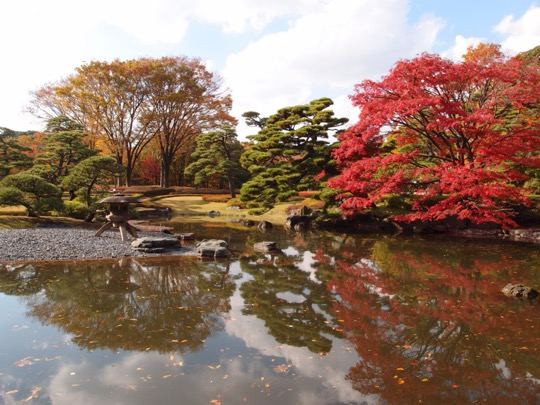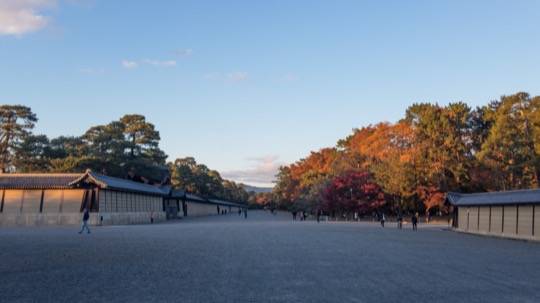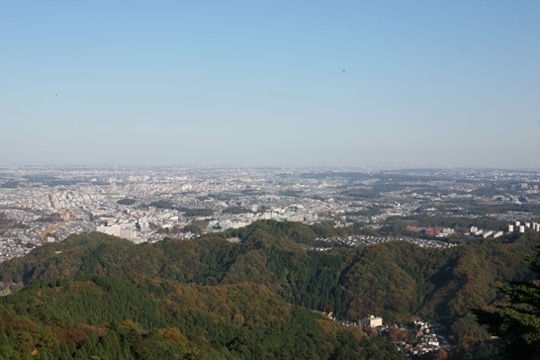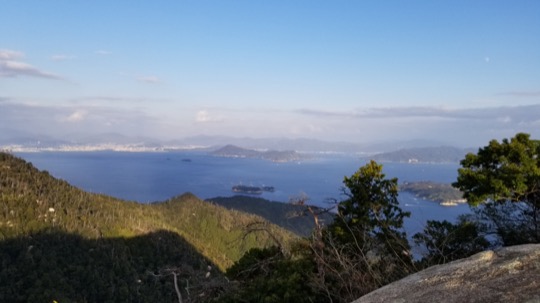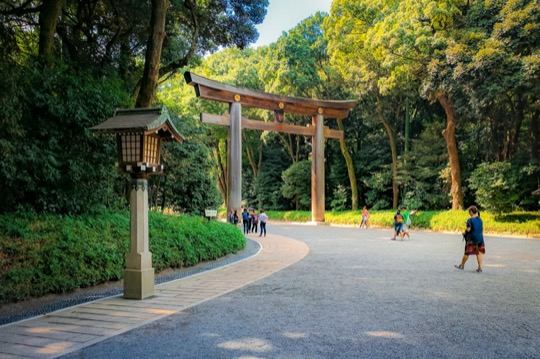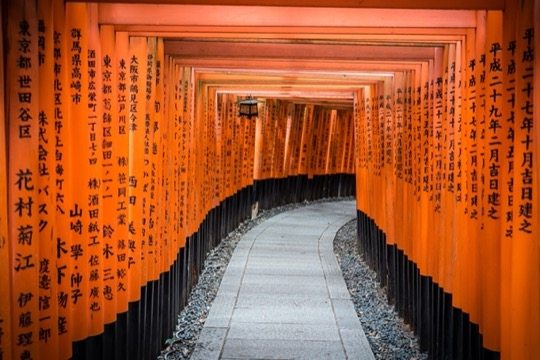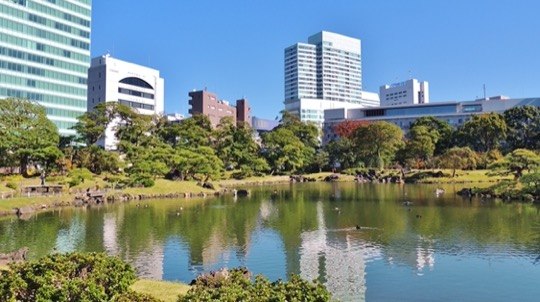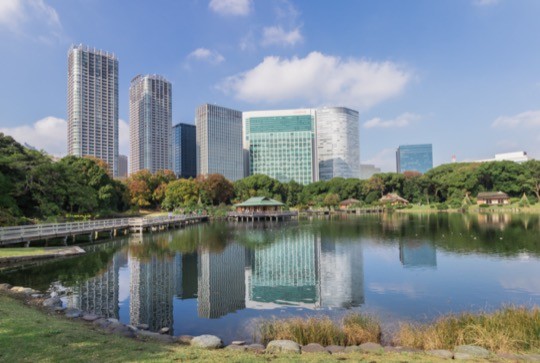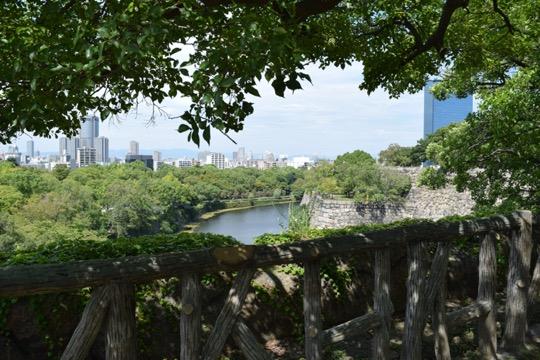Imperial Palace East Garden
A historical site in Tokyo, featuring the legacy of Edo Castle.
In the center of Tokyo, the Imperial Palace East Garden, or Kōkyo Higashi Gyoen, provides a quiet space rich in Japan’s history. Covering 210,000 square meters, this area includes the remnants of Edo Castle and showcases the architectural heritage from the Edo period. It is a place where visitors can enjoy nature and historical structures right in the midst of the capital city.
On This Page
About Imperial Palace East Garden
The Imperial Palace East Garden is a historical site within the urban landscape of Tokyo; it occupies the area of the former honmaru, ninomaru, and sannomaru of Edo Castle. Open to the public since 1968, these grounds were once the formidable home and fortress of the Tokugawa shogunate. The Garden has transitioned from a shogunal seat of power to a space for the public to engage with nature and history, remaining a popular spot for tourists and locals alike.
Edo Castle, once a symbol of Tokugawa power, lost its central keep, the Tenshudai, to the Great Fire of Meireki in 1657. Although it suffered further damage during World War II, its history is preserved in the East Garden through existing structures. The Fujimi-yagura Keep, rebuilt in 1659, stands as one of the surviving parts of the castle’s former might. The Otemon Gate and O-bansho guardhouse are reminders of the time when samurai protected the castle.
Managed by the Imperial Household Agency, the East Garden displays the natural features reminiscent of the Musashino region and the careful tending by the Imperial Family. Emperor Akihito has added a bamboo grove, a rose garden, and Heisei-era Hirenaga Nishikigoi carp to the ponds. Educational signs provide information on the variety of plant species and the historical background.
The Sannomaru Shōzōkan, a museum that opened in 1993, exhibits important art and historical artifacts, enhancing the appreciation of Japan’s artistic and cultural traditions. The Ninomaru Garden and the Maru no Chaya teahouses encourage reflection on the country’s rich heritage.
The history of the site is further accessible to visitors through an enhanced rest area in the honmaru, featuring a scale model of the original Edo Castle tower. Viewing platforms, groves, and gardens represent historical landscapes.
The East Garden also serves as a venue for important imperial ceremonies, such as the Daijōsai, an integral part of the imperial succession ritual, highlighting the Garden’s role in Japan’s cultural heritage.
While the Inner Palace Grounds are not open to the general public, guided tours are offered on specific days. These tours can be reserved through the Imperial Household Agency or at the Kikyomon Gate, based on availability.
The East Garden remains an important part of Japan’s history, providing a connection to the past amidst Tokyo’s vibrant city life.
Getting There the easiest way to reach Imperial Palace East Garden
Ōtemachi Tozai Line + 4 more
Tokyo JR Yamanote Line + 3 more
Nihombashi Asakusa Line + 2 more
Kanda Ginza Line + 1 more
Around Imperial Palace East Garden
Official Links
Updated 13 Mar 2024 • Report an error

